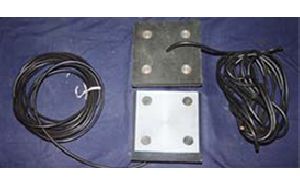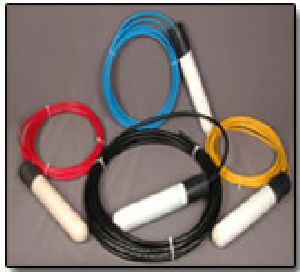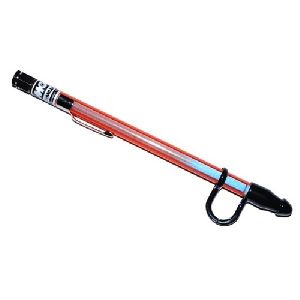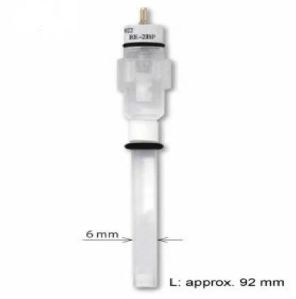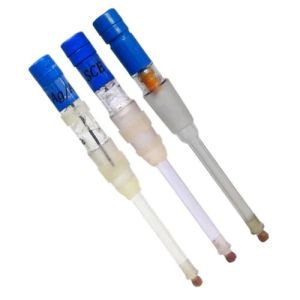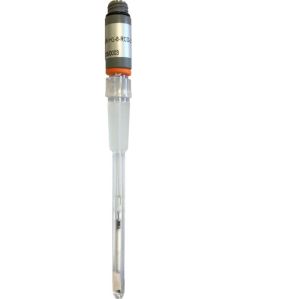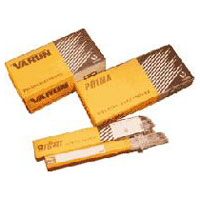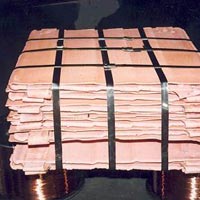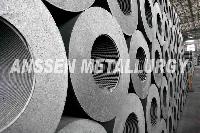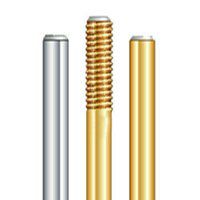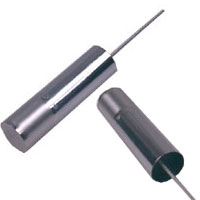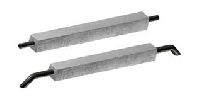Listing ID #3911194
Company Information
Ask for more detail from the seller
Contact Suppliera reference electrode is an electrode which has a stable and well-known electrode potential. The high stability of the electrode potential is usually reached by employing a redox system with constant (buffered or saturated) concentrations of each participants of the redox reaction. There are many ways reference electrodes are used. The simplest is when the reference electrode is used as a half cell to build an electrochemical cell. This allows the potential of the other half cell to be determined.
there are many types of reference electrodes: aqueous reference electrodes, non-aqueous reference electrodes, pseudo-reference electrodes etc. Mostly the aqueous reference electrodes are in use for potential measurement.




